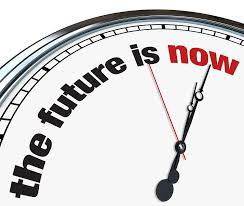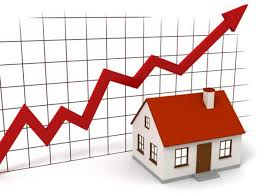 I don’t know if I realized this about myself before reading some research by psychologists on what they now call the Paradox of Aging, but apparently I’m getting happier by the day! Of course, all this happiness is accompanied by some aches and pains, some forgetfulness, and general diminished cognitive abilities; all of which had me thinking previously that getting old was a downer – that I was just trudging toward the inevitable end.
I don’t know if I realized this about myself before reading some research by psychologists on what they now call the Paradox of Aging, but apparently I’m getting happier by the day! Of course, all this happiness is accompanied by some aches and pains, some forgetfulness, and general diminished cognitive abilities; all of which had me thinking previously that getting old was a downer – that I was just trudging toward the inevitable end.
So why are we happier? As we begin to face our mortality we are more apt to appreciate relationships and direct ourselves toward more meaningful goals. The wisdom we acquire as we accumulate birthdays plays a large part in becoming more empathetic, compassionate, decisive and better able to regulate our emotions…thus happier.
There are also physiological changes to our brains as we age. We are less responsive to stressful imagery and respond positively to images which should give us a happy feeling. Additionally, we no longer experience many of the stresses that those young whippersnappers in their 20’s and 30’s go through as they work at establishing themselves, and raising children. In fact, we get to have fun with their kids and then give them back when we get tired. Happiness.
I sure hope they are correct, with 10,000 people per day turning 65, it would be a rather sour world in a few years it they’re not.
Not all the shrinks believe it’s as simple as all this, but I’m not going to allow them to drag me down now that I’m feeling happier – in fact it just enhances my sign off line: It pays to get old.








